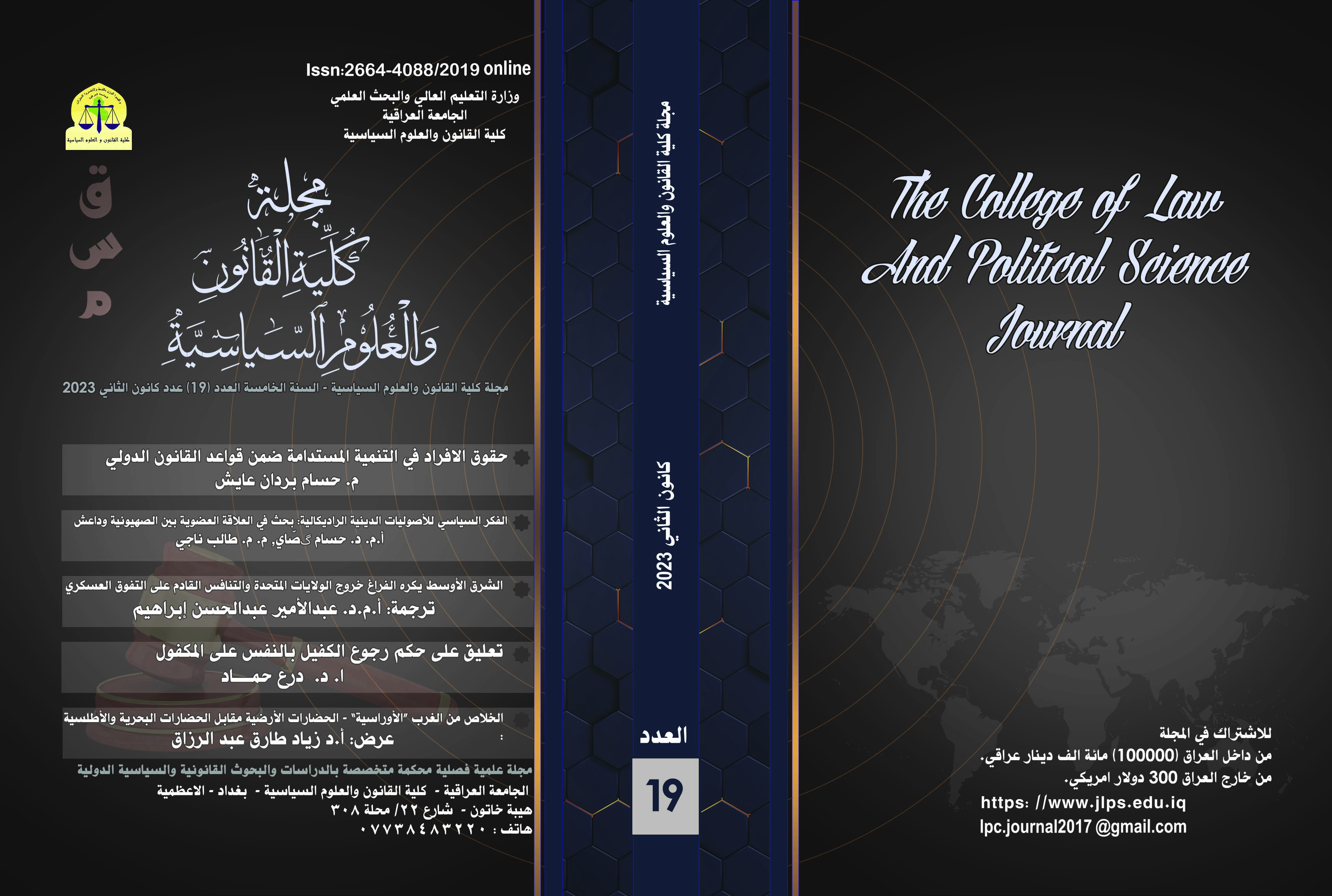The powers of the Control Commander and its position on the two systems of combining and separating powers in the Code of Criminal Procedure for the Internal Security Forces No. 17 of 2008
DOI:
https://doi.org/10.61279/nbc05c61Keywords:
Seizure order, Indictment and investigation, Security, prosecutionsAbstract
.In light of the multiplicity of procedural laws and the formal controls and rules that have settled on them, they are consistent in terms of the procedural effect represented in activating the substantive law and controlling the paths of the criminal case in its various stages in order to reach the final judgment in it and the stability of the legal positions of its parties, we find that (Criminal Procedure Code of the Internal Security Forces No. 17 of 2008) is unique to controls, rules, and procedural formations commensurate with its objectives, the nature of the crimes it deals with, and the personal characteristics of its perpetrators or suspects, including the formation of the (seizure order) (i.e. the head of the security department or institution). This authority has been granted several administrative and penal powers at the same time. Several procedural authorities are an exception to the general rule, so we dealt with this authority by analyzing, rooting, and extrapolating the vocabulary of its texts in order to diagnose the organizational and legislative errors that it encountered in order to address them and find appropriate legislative solutions for them
Downloads
Downloads
Published
License
Copyright (c) 2023 The college of law and political science journal

This work is licensed under a Creative Commons Attribution-NonCommercial-NoDerivatives 4.0 International License.

